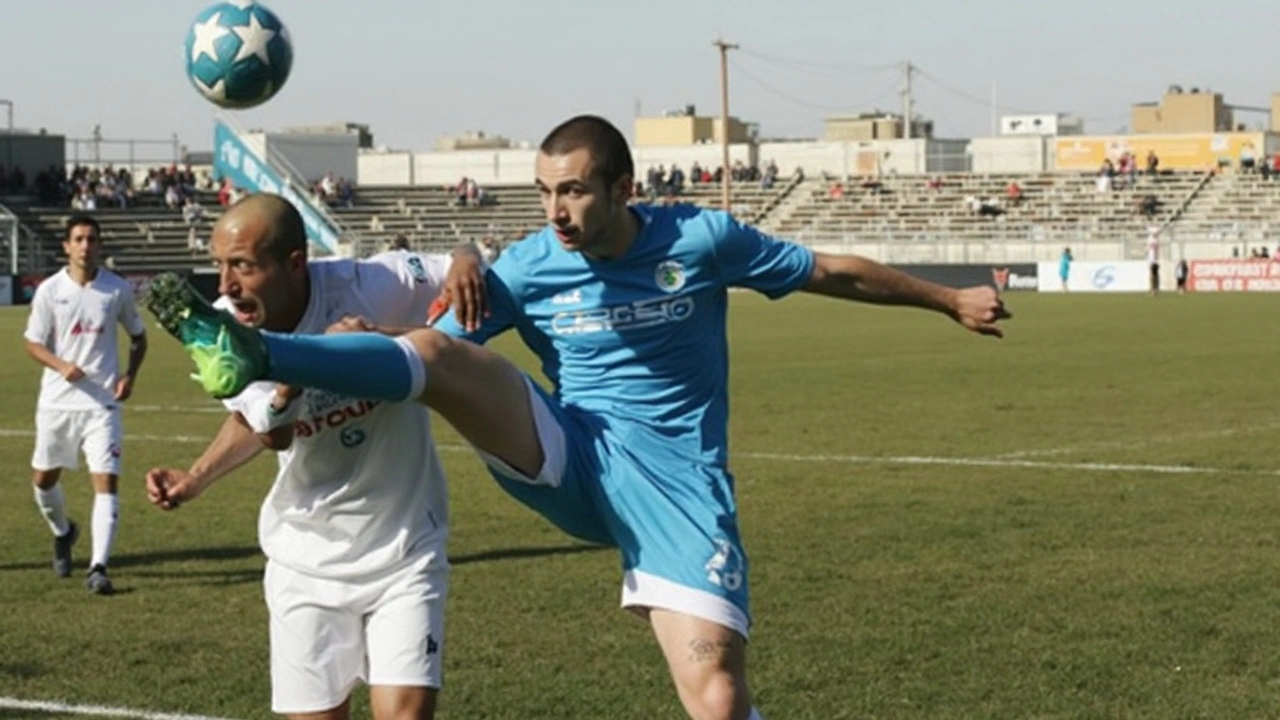Belgrano: el barrio que conecta fútbol, cultura y noticias en Chile y Argentina
When you think of Belgrano, un barrio emblemático de Buenos Aires conocido por su identidad deportiva y su fuerte presencia en el fútbol sudamericano. Also known as Barrio de Belgrano, it is a place where local pride meets international attention—especially when clubs like Club Atlético Belgrano make headlines in Copa Sudamericana or sign players from Chilean teams. This isn’t just geography—it’s a cultural bridge between Chile and Argentina, where transfers, fan clashes, and stadium moments echo across borders.
Belgrano isn’t just about the football club. It’s tied to real stories: when Chilean players move to Argentina, they often land in Belgrano’s neighborhoods or train in its iconic facilities. The Copa Sudamericana has seen Belgrano face teams from Santiago, and fans from Macul or La Florida have traveled to Buenos Aires to support their rivals. Even when Chilean media reports on Universidad de Chile reaching the semifinals or Colo Colo fighting for the Supercopa, the shadow of Belgrano looms—especially when Argentine clubs are involved. These aren’t random connections. They’re woven through transfers, rivalries, and shared media coverage.
From the stands of Estadio Mario Alberto Kempes to the metro stations of Santiago, Belgrano’s influence is felt in unexpected ways. When Atlético Bucaramanga signs a player from River Plate, or when Sixth Street Partners sells shares in Latam, the financial and sporting networks that connect Chile to Argentina often pass through Belgrano’s orbit. Even when Chilean news covers protests in Lima or wildfires in Sky Costanera, the cultural ties to Buenos Aires—especially Belgrano’s identity as a working-class, passionate, football-first zone—still resonate.
Below, you’ll find real stories that show how Belgrano isn’t just a place on a map. It’s a thread in Chile’s sports narrative: in transfers, in fan reactions, in the quiet moments when a Chilean player steps onto a pitch in Argentina and hears the same chants you’d hear in Macul or Peñalolén. These aren’t distant events—they’re part of your daily news.

 abr, 17 2025
abr, 17 2025